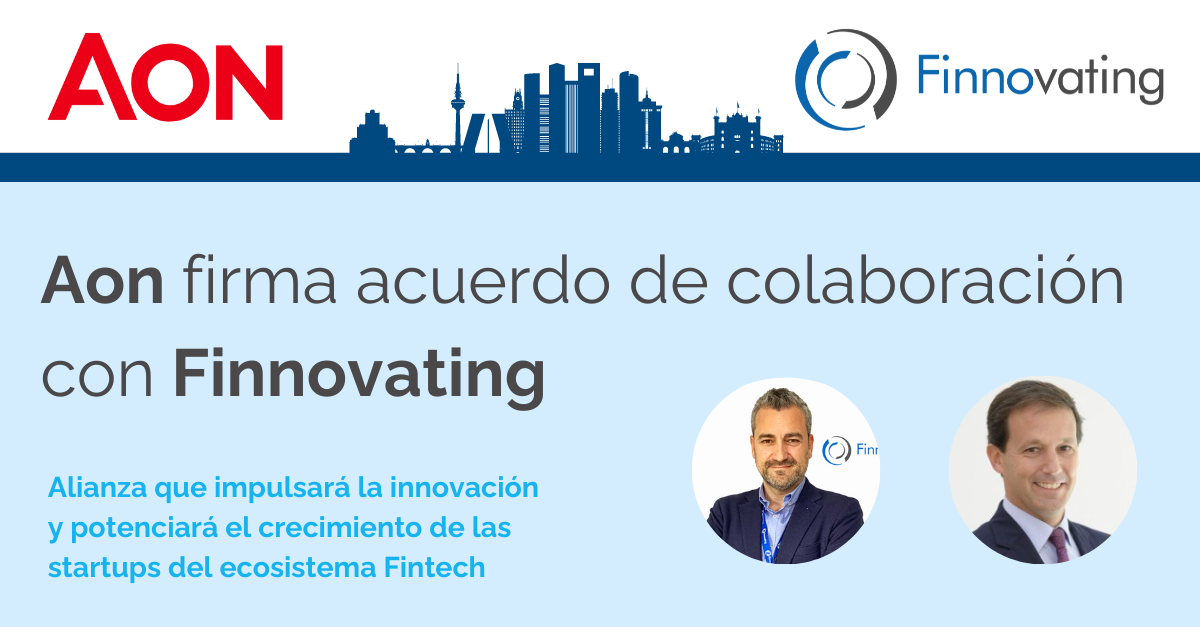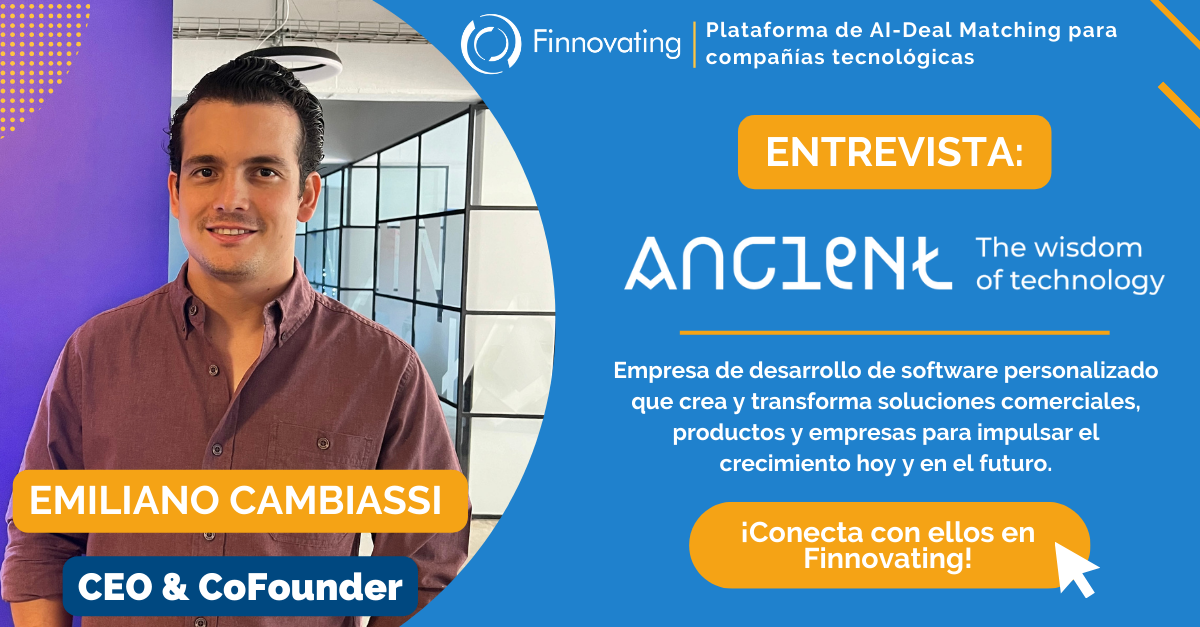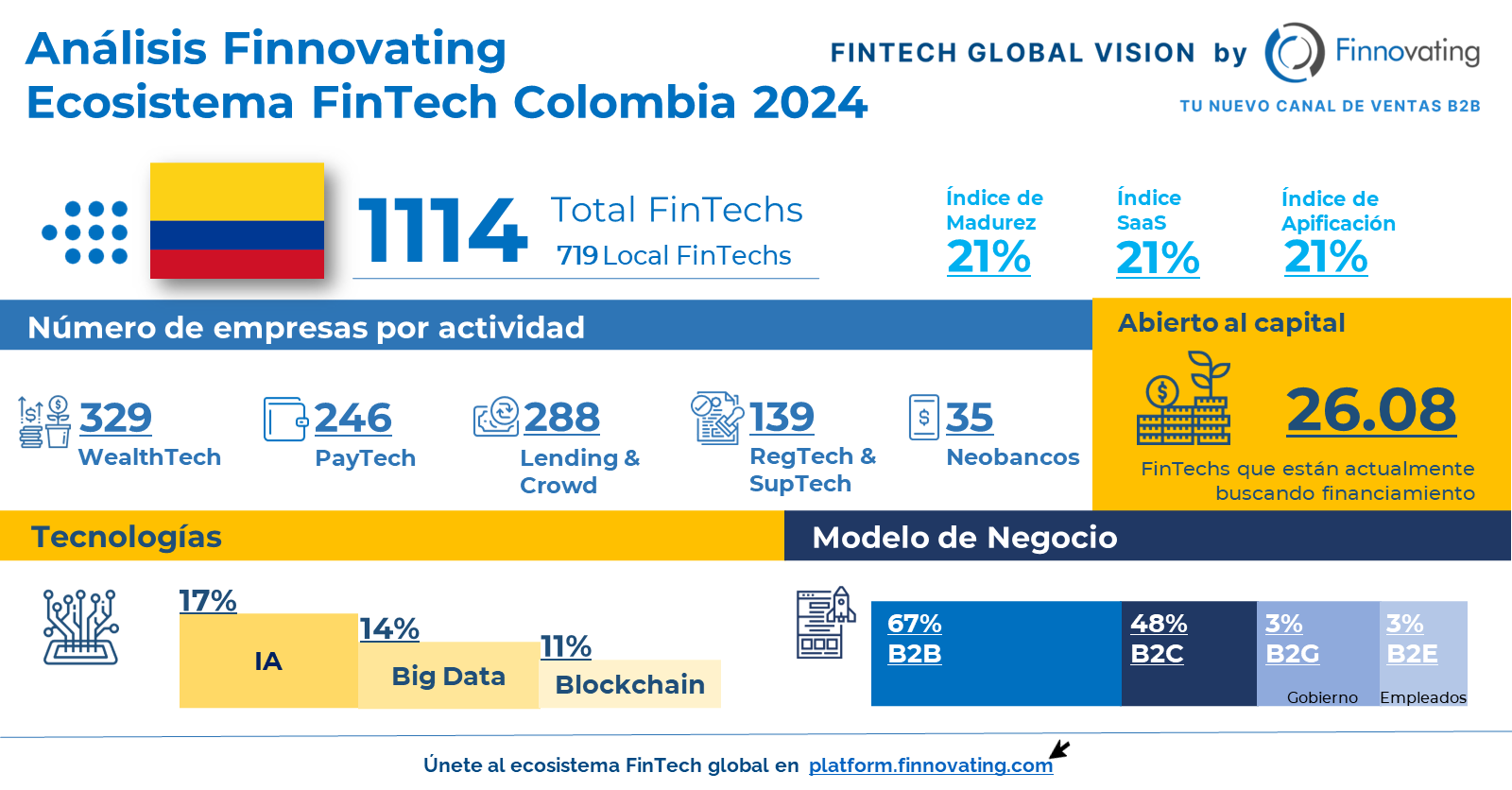A través de este acuerdo, Aon y Finnovating buscan seguir impulsando la innovación y potenciar…
How to build a Minimum Viable Product?

In today’s economy, it’s important to know how to build a minimum viable product. So many startups fail before they begin because they try to do too much at the beginning, with no proof their idea will work. Read on to learn more about minimum viable products and how to build them.
What is a Minimum Viable Product?
Minimum viable products, or MVPs, are a great way to get your business off the ground. Instead of spending countless hours and valuable resources on a product that may or may not work, a minimum viable product allows you to test out ideas on a small scale before moving onto larger scale production.
This can allow you to make sure your target audience connects with your product or get a product out quickly if there’s an approaching deadline. Now, let’s discuss how to build a minimum viable product.
4 steps to building a Minimum Viable Product
If building a Minimum Viable Product sounds like a good idea for you and your goals, then here are four steps to help you know how to build a minimum viable product successfully.
1. Coming up with ideas

The first thing you need to come up with an idea. Since there’s a good chance you’ll already have one, then skip ahead to the next step. If not, here are a few tips on how to come up with some ideas.
- Pay attention to what seems to be missing from your daily life. Is there a website or an app that could help streamline something in your life? If you feel you can create something to make life easier or more enjoyable, give it a shot.
- Listen to what colleagues complain about. Even if you’re not missing something in your life, other people might be. Even if there’s already someone out there doing the same thing you want to do, it doesn’t mean there’s not room for you to try.
- What is something you wish you could do? Do you wish there was an adult scouting organization so you could earn patches like your friends did when they were kids? Then let the excitement drive you to chase after that dream and try it out.
Once you have your idea(s), it’s time to move onto step two.
2. Create your one sentence explanation
It’s important to be able to explain your ideas concisely. The last thing you want to do is to spend thirty minutes or more explaining your idea to a friend or family member, only to have them more confused than when you begin.
Consider following the “x for y” formula. If you wanted to create a service to take care of houseplants for people on vacation, you could say “it’s like care.com for plants.” This not only gives a clear picture of your idea, it also opens the door for the next step.
3. Ask for honest feedback
Once you’ve shared your idea with others, it’s time to gain feedback from them. You can do this one at a time, or in a focus group.
It’s important to remember that you don’t just want to ask them about what they like about the idea, but ask them why they don’t like it or think it won’t work. When they respond, it’s important to listen to their thoughts instead of rebuttal.
You want to get their feedback, not make them feel you’re on the defensive. Use this new information to improve your idea, repeating as necessary, before moving on.
4. Give your idea a trial run
Did you know Airbnb was a minimum viable product? In order to test it out to prove that staying in a person’s house instead of a hotel was something other people would be interested in, the creators tested it with their apartment.
After running through these steps, you may have to repeat them to make sure the idea works. If it does, you may wonder how a minimum viable product can help you get an investor. Read on to learn more.
How to get investors for my business with a Minimum Viable Product?

Once you’ve proven your idea is viable with your MVP, it’s time to look for investors. Having proof of concept with your MVP can provide investors with more information about the viability of a product or service than a business plan could. And, while you could go to each potential investor individually, it would be more worth your time to use an ecosystem like the Finnovating platform.
Finnovating can help you connect with many investment opportunities by bringing you directly into the FinTech ecosystem. The Discovery tool connects you to the world’s largest FinTech database of startups, corporations, and investors, with over 50,000 opportunities for collaboration between corporations, FinTech, and investors.






Esta entrada tiene 0 comentarios